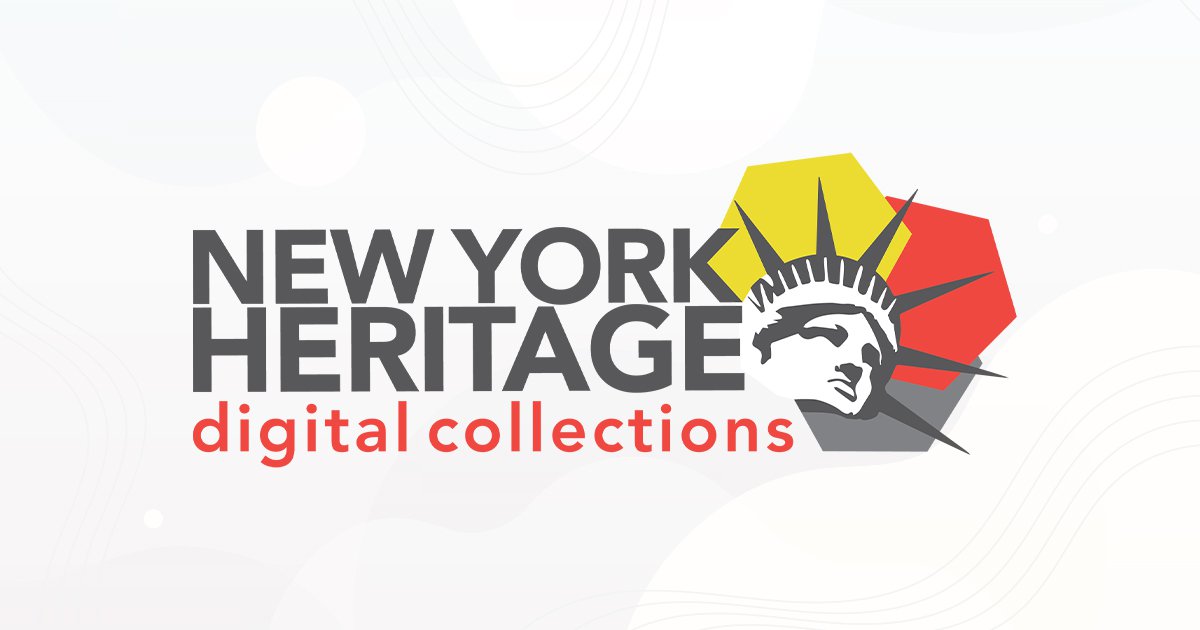Libraries Receive Two Access and Digitization Grants

Cross-campus collaborations led by Syracuse University Libraries’ Digital Library Program has resulted in two Central New York Library Resources Council (CLRC) access and digitization grants. One grant is for $1,000 to create metadata for 200 objects from the collection of La Casita Cultural Center, and the other grant is for $5,000 to digitize and transcribe Oakwood Cemetery burial registers dating back to 1859.
La Casita Cultural Center, a program of the College of Arts and Sciences, advances an educational and cultural agenda of civic engagement through research, cultural heritage preservation, media, and the arts. The CLRC grant will be used to create digital access to the history and experience of Latinx/Hispanic communities in Central and Upstate NY to advance scholarly research and a more profound understanding of this largely underrepresented culture in our city and region. According to the NY State Archives publication No.67 (NY State Education Department), “Historical information is inadequately represented in the documentation of broad areas of Hispanic culture, including the fine arts, popular music and dance forms, and folk and traditional arts. Similarly, information is extremely limited about Hispanic businesses and social, political, community, and religious organizations. Latino/a experiences with and responses to issues of immigration and migration, discrimination, economic opportunity, public education, health care, law enforcement, and social services are poorly represented in historical records.”
The CLRC grant will result in the La Casita Cultural Memory Archive’s addition to New York Heritage Digital Collections. Currently, the digital objects and collections that comprise La Casita’s Cultural Memory Archive are stored on a Syracuse University server with restricted access unavailable to and unsearchable by prospective researchers.
Oakwood Cemetery, created in 1859, is one of the largest and oldest cemeteries in Central New York. It is laid out on 160 acres adjacent to Syracuse University. The cemetery reflects Syracuse’s past status as an economic engine and contains the burial sites of city leaders, as well as middle– and working-class people who helped build the city, and military generals and soldiers from the Civil War. In addition to its listing on the National Register of Historic Places, it is architecturally significant. The cemetery boasts eight monuments included on the Smithsonian Preservation of Cultural Property and includes structures by nationally known New York architects such as Joseph Lyman Silsbee.
The Oakwood Cemetery records include thousands of burials over a more than 150-year span. In collaboration with Adjunct Professor Megan Craig and Professor Jodi Upton from Syracuse’s S.I. Newhouse School of Public Communications, some of these registers will be digitized and made accessible on the New York Heritage Digital Library public website. Once completed, these records will provide public access to genealogical, scientific, medical, and historical research. Without intervention, valuable historical information (such as time between death and burial, cause of death, and funeral home) could be lost. The project will also create data on how and when integration occurred, or failed to occur, and patterns of disease and malnutrition, race, and ethnicity.
“These CLRC grants enable the Libraries to assist our partners in preserving important local historical information as part of New York Heritage Digital Collections. Creating metadata and making these resources available digitally ensures broad access to local resources, not only for those on the Syracuse University campus, but for researchers across the region and state and even around the world,” said Deirdre Joyce, head of Syracuse University Libraries’ Digital Library Program. “We’re extremely grateful to CLRC for supporting New York State libraries in this way.”
